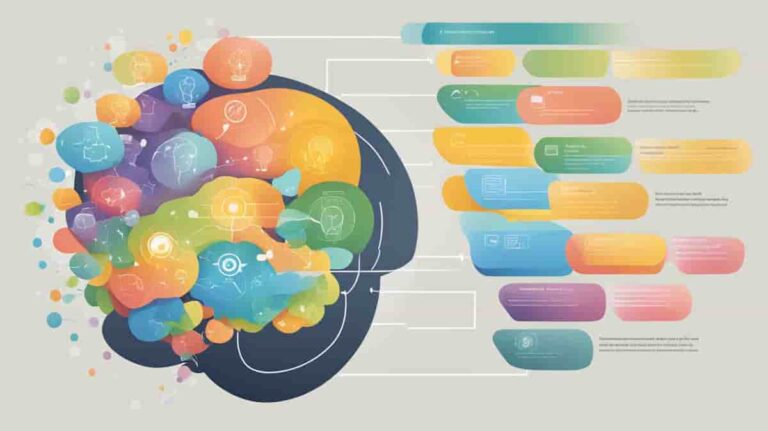The frequency illusion (also known as the Baader-Meinhof phenomenon) is a type of cognitive bias, demonstrating how the brain’s filtering system can create a skewed perception of frequency. Once the brain is primed to notice specific information or stimuli, it subconsciously keeps track of subsequent instances, giving a person the impression that the occurrence is unusually high – despite…
Category: Cognitive Science
Anthropomorphism as a Cognitive Bias
Anthropomorphism is a pervasive cognitive bias where humans attribute human-like characteristics, emotions, or intentions to non-human entities. This tendency is deeply rooted in our psychology and natural history and is considered to be an innate tendency of human psychology. The term stems from two Greek words: anthropos (human) and morphe (form). The propensity to perceive human traits in non-human agents…
Selection Bias: Understanding Its Impact on Research
Selection bias occurs when researchers select participants for a study in a way that is not random, potentially leading to results that are not representative of the larger population. This bias in sampling can significantly affect the outcome of the research, as it can introduce systematic differences between the selected group and those not chosen. Researchers need to be…
Functional Fixedness: Breaking Mental Models to Enhance Problem Solving
Functional fixedness is a cognitive bias that limits a person’s ability to use objects only in the way they are traditionally used. Discovered by psychologist Karl Duncker, it represents the mental shortcuts that often prevent individuals from seeing potential innovative uses for common items. Functional fixedness hinders problem-solving because it restricts awareness to an item’s most familiar…
What is the Accentuation Effect
The accentuation effect is a psychological phenomenon that refers to the tendency to perceive differences between similar objects as more pronounced when they are divided into different categories. The effect, a key component of social identity theory, was initially identified by social psychologist Henri Tajfel in 1959. This principle suggests that categorization amplifies the perceived differences…
Negativity Bias: Meaning and Examples
Negativity bias is a cognitive bias that compels individuals to give more weight to negative experiences or information compared to positive or neutral ones. In the realm of psychology, this predisposition means that emotions such as anger, stress, and trauma have a more significant impact on an individual’s psychological state than positive events. Negative outcomes…
What is Salience Bias
Salience is the trait that makes something stand out. Salient events are an attentional strategy that organisms use to learn and survive; these organisms can focus their limited perceptual and cognitive resources on the relevant (that is, salient) subset of sensory data at their disposal. This term is commonly utilized in the study of perception…
What Is the Introspection Illusion
Introspection illusion is a term in psychology that denotes a disparity in self-assessment versus assessment of others. People often assume they understand their own motives and preferences distinctly through conscious introspection, yet this introspection does not necessarily provide accurate self-knowledge. This illusion leads them to overestimate their own insights while underestimating those of others, often…
Attentional Bias in Decision-Making and Behavior
Attentional bias refers to the tendency for people to pay more attention to certain types of information, usually emotionally-salient stimuli, while ignoring other information. It is a type of cognitive bias that affects how individuals process information and make decisions. Attentional bias has been linked to various psychological disorders, such as anxiety and depression, which…








